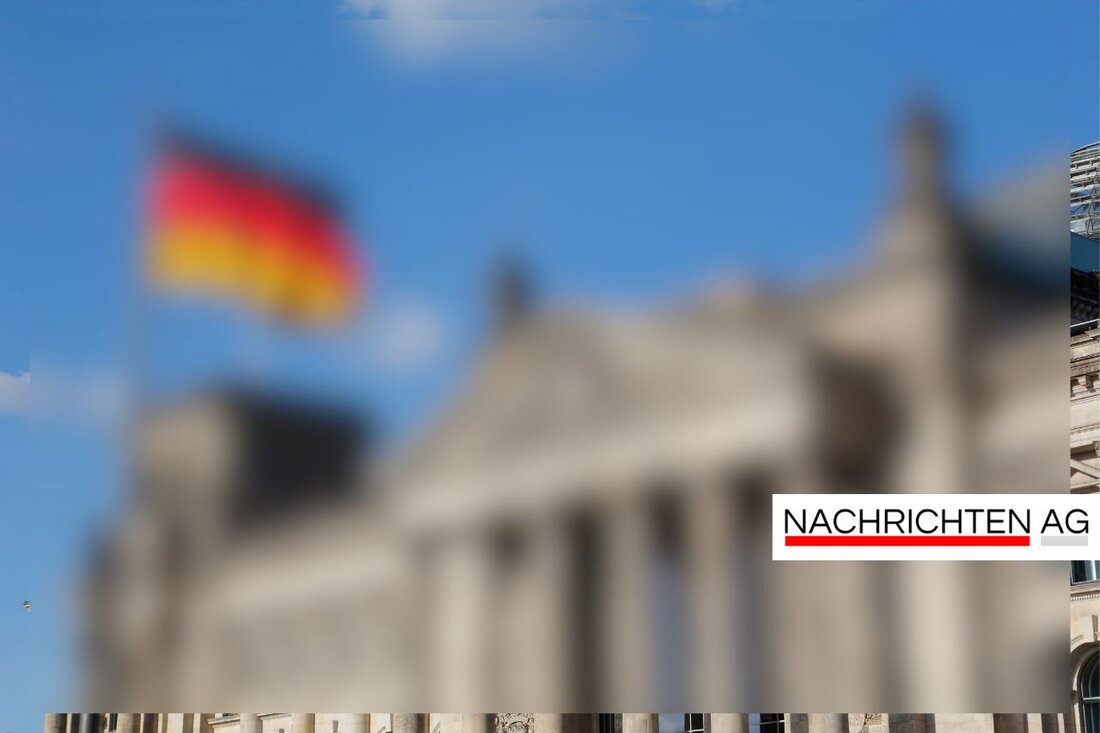Heat supply in Biestow: Planned interruption on June 26th!
Heat supply in Rostock-Biestow will be interrupted on June 26, 2025 due to construction work on the district heating network.

Heat supply in Biestow: Planned interruption on June 26th!
Comprehensive work on the district heating network is on the agenda in Rostock on Thursday, June 26, 2025. Between 6:00 a.m. and 5:00 p.m. the heat supply will be interrupted in parts of Biestow. The reason for this is important construction work that Stadtwerke Rostock AG has to carry out to ensure the safe operation of the district heating pipes. The relocation of a line on Ernst-Häckel-Straße, which requires the supply lines to be separated, is particularly affected.
This means short-term restrictions for residents: During the period mentioned, there will be no access to drinking hot water, for example for showering, and no heat for heating. These measures are essential to ensure reliable supply to customers in the long term. The municipal utilities have specialized in carrying out such work mostly outside the heating season in order to keep the disruption as low as possible. Further information and a detailed list of the affected streets can be found on the Rostock municipal utilities website: www.swrag.de.
Background to district heating supply
But what exactly is district heating? It consists of an extensive heating network that supplies buildings and apartments with hot water or steam. There are around 3,800 such networks in Germany, which reach around 14% of households - i.e. more than 6 million apartments. Around 30% of this heat comes from renewable energies and unavoidable waste heat. This flexibility makes district heating an interesting part of the energy supply AGFW explained.
In order to reduce CO2 emissions by at least 55% by 2030 compared to 1990, operators of district heating networks are relying on a mix of combined heat and power (CHP) and renewable energy sources. This type of heat supply is not only efficient, but also cost-effective and environmentally friendly, which plays a central role in the growing discussion about climate protection and sustainable energy production. Loud ENGIE Germany District heating already covers around 10% of the total heat requirements in German buildings and requires more than 160 terawatt hours of heat annually.
The future of heat supply
The future of district heating poses challenges, especially in the transformation of outdated networks to climate-neutral solutions. Outdated systems that require extremely hot temperatures stand in the way of the efficient use of renewable technologies. In order to achieve the climate goals, network temperatures must be reduced and low-CO2 technologies must be increasingly implemented. In addition to classic heat generation technologies, modern approaches such as geothermal energy sources and large-scale solar parks are in demand.
The financial effort for converting and decarbonizing the heating networks is estimated at at least 50 billion euros by 2030. In order to make this transformation possible, the federal government is providing federal funding for efficient heating networks totaling 3 billion euros until 2026. This underlines the relevance and urgency given to district heating supply in current energy policy.

 Suche
Suche